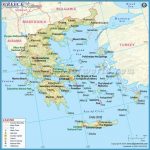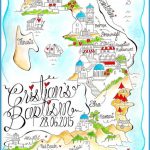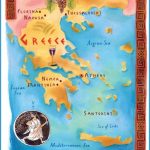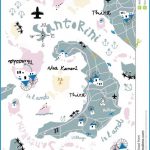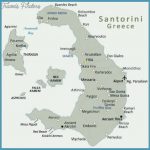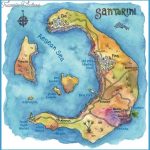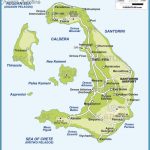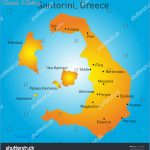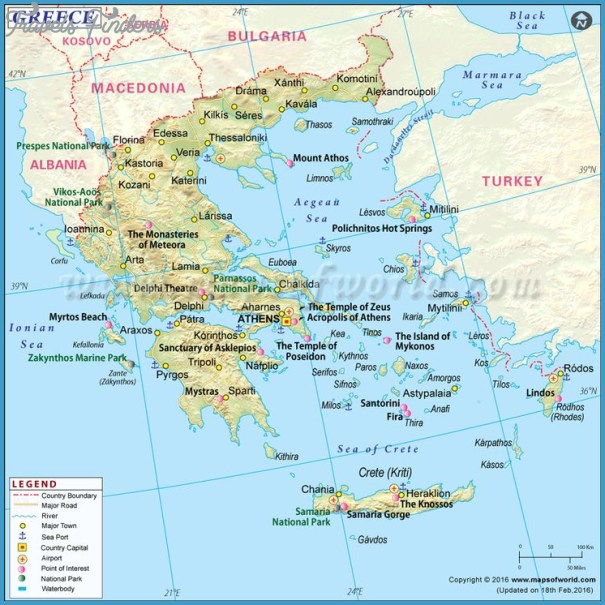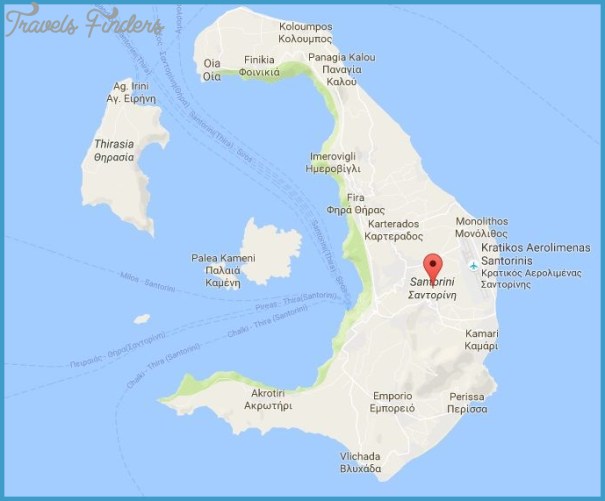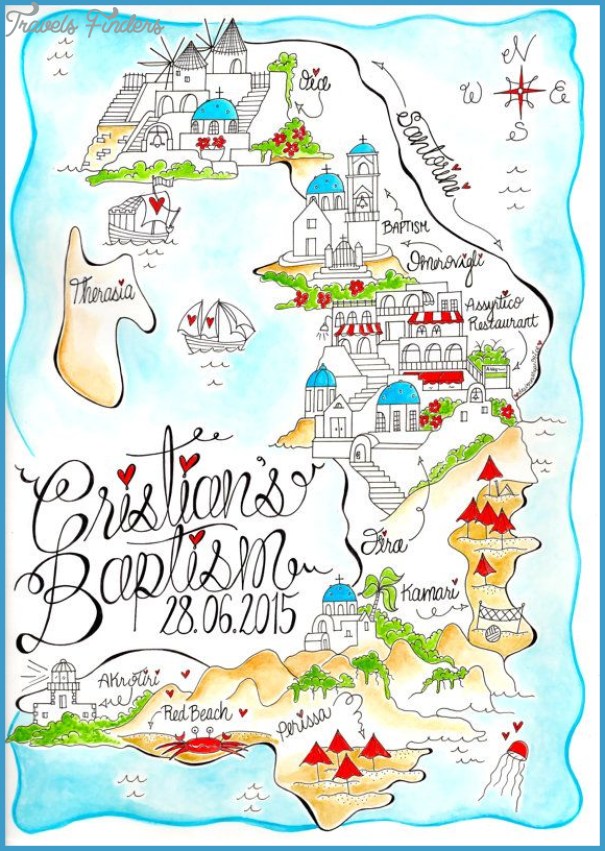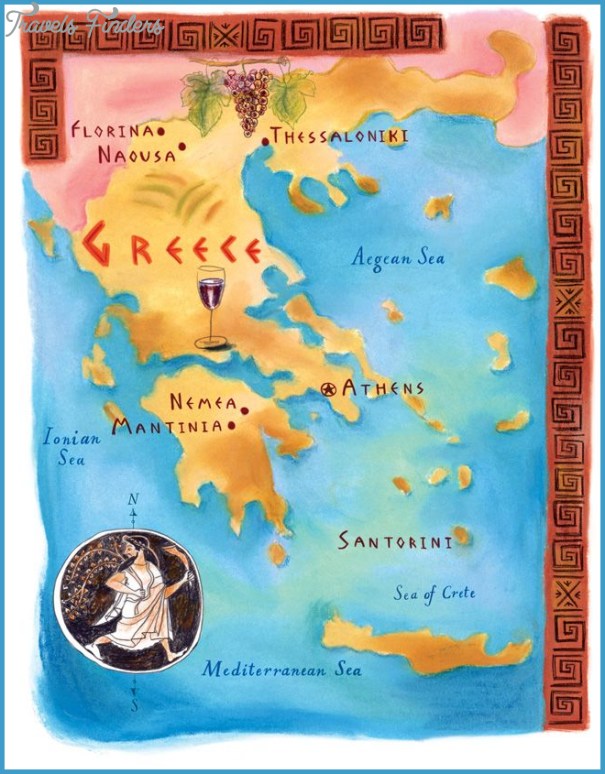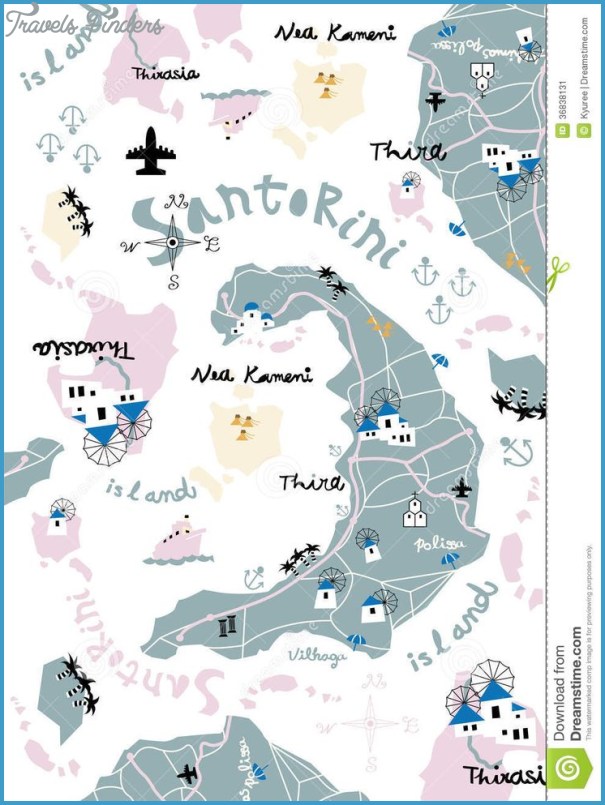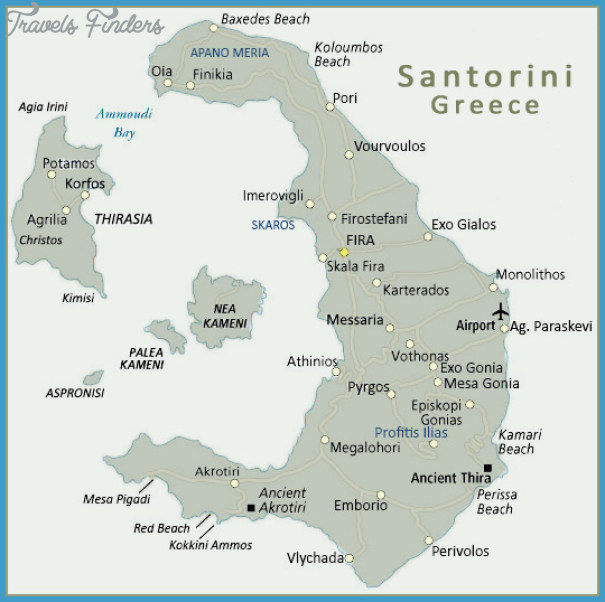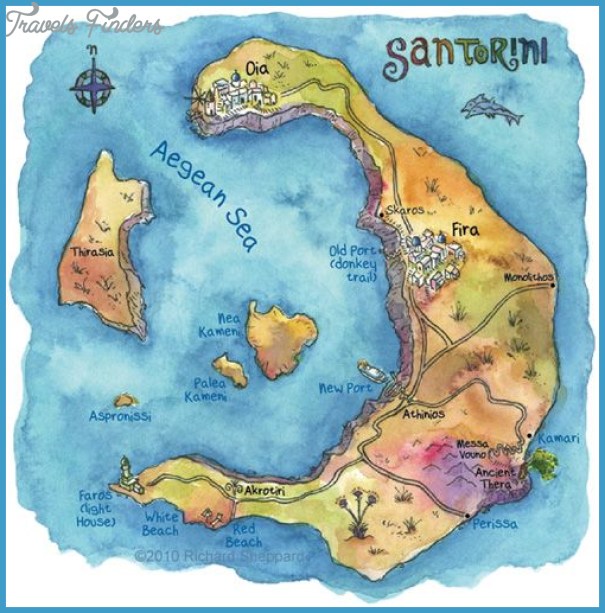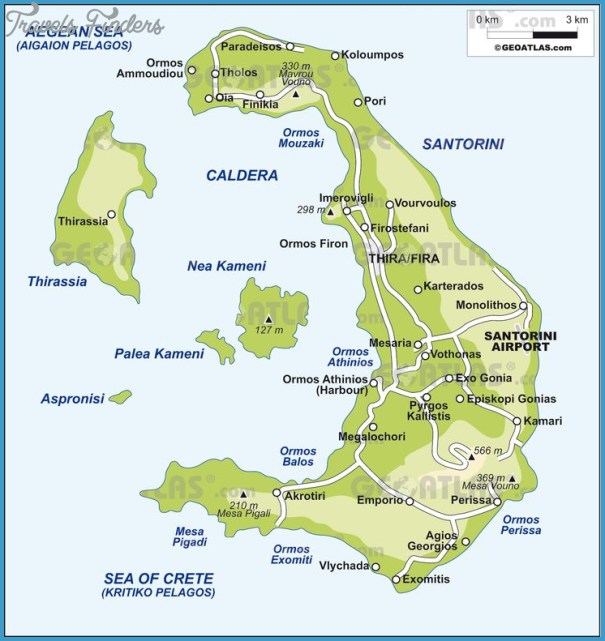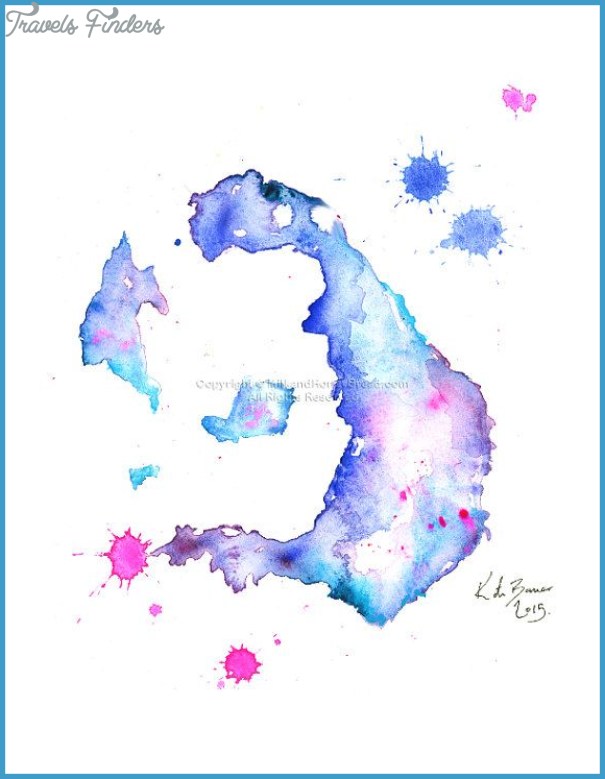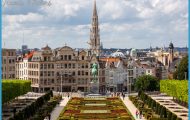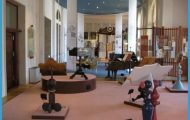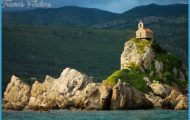The mural of The Papyrus from ivuiii I in the House of the Women. covered three of the four walls in the room. It portrays a rocky landscape with red lilies. The rocks, some yellow, others green or red, are curiously shaped, like those seen in volcanic areas. From amongst them triple lilies protrude, looking as though they are blowing in the Aegean breeze. These triple lilies are also found in wall-paintings in Crete, but there they are depicted with strict symmetry. Here, above the lilies swallows dart, as if in some courtship ritual. The presence of the swallows indicates that the season is spring. For scholars, geologists and volcano experts, this fresco holds enormous interest for it gives an unexpected glimpse of what Santorini looked like before the eruption.
The fresco of the Young Priestess from room 4 in the fresco-covered West House. The woman appears to be holding an censer with lit charcoal and is wearing a heavy, perhaps woollen, robe.
The frescos of the Fishermen, covering two corners of room 5 in the West House. They are each over 1 metre high. The men proudly show off their catch, the fish tied through the gills with a string.
Santorini Country Map Photo Gallery
The miniature of the Fleet or the Parade of Ships. This fresco is of considerable historical interest, because it is a rich source of information about life in the Aegean in the mid or late 16th century BC. It covered the frieze above the windows of the south wall of the same room. This painting portrays the arrival and departure, amid celebrations, of a fleet sailing from from one harbour on the left side to another on the right. One of the ships must have been the flagship. The many flags and the presence of the residents,
Pail of the Rit.w mitral showing a semi-tropical landscape in room 5 oj the IVest House. The wild vegetation and exotic animals are striking, hut archaeologists still do not know whether the’ were native lo Santorini or inspired b v the tropics some of whom seem to be waving goodbye while others wave in greeting, intensifies the festive atmosphere of the scene. The helmets strung from the masts of the sailing ships show that the passengers are warriors. The houses in the painting are multi-storeyed, constructed of dressed masonry and arranged on different levels – in fact, just like those that have been unearthed at Akrotiri. Apart from the architectural evidence it contains, the fresco is a mine of information about the animals and plants in the area, the clothes people wore, shipbuilding techniques and the way the various parts of the ship functioned in prehistoric times. The scene depicted in this painting most probably refers to a specific historical event.

